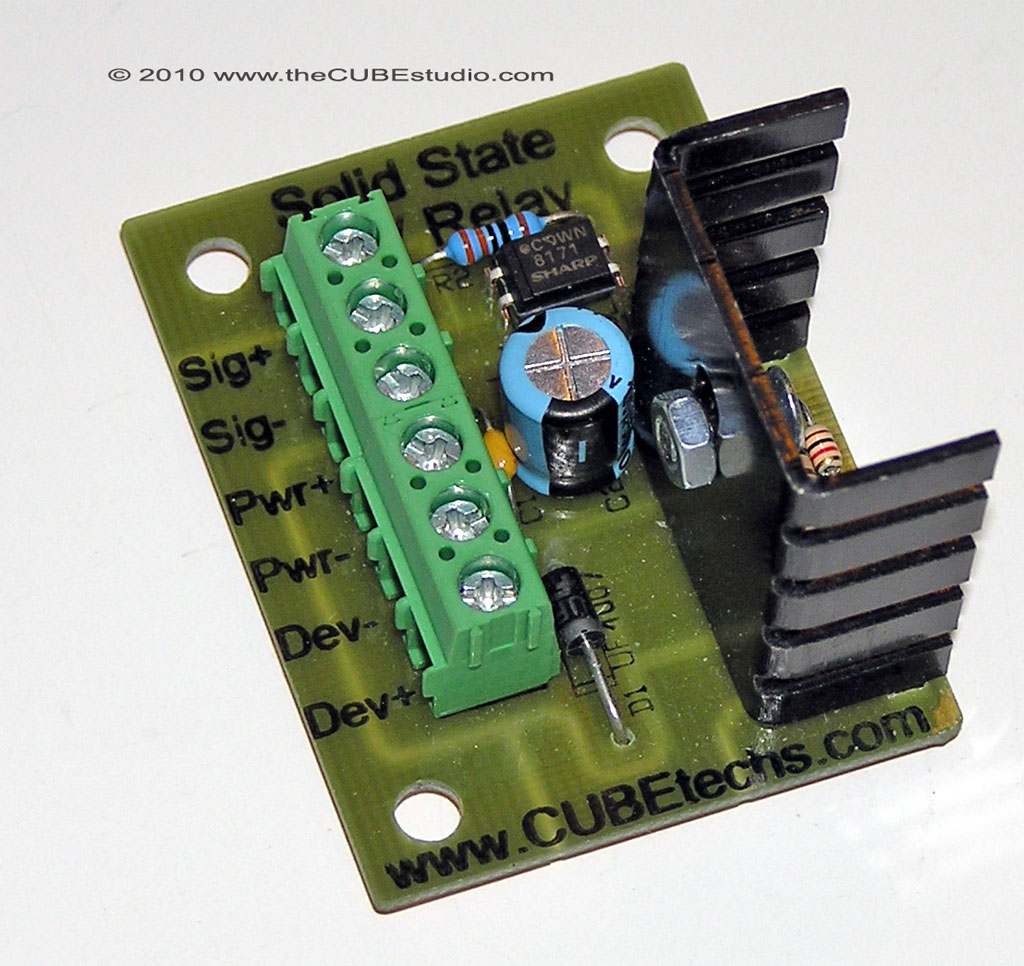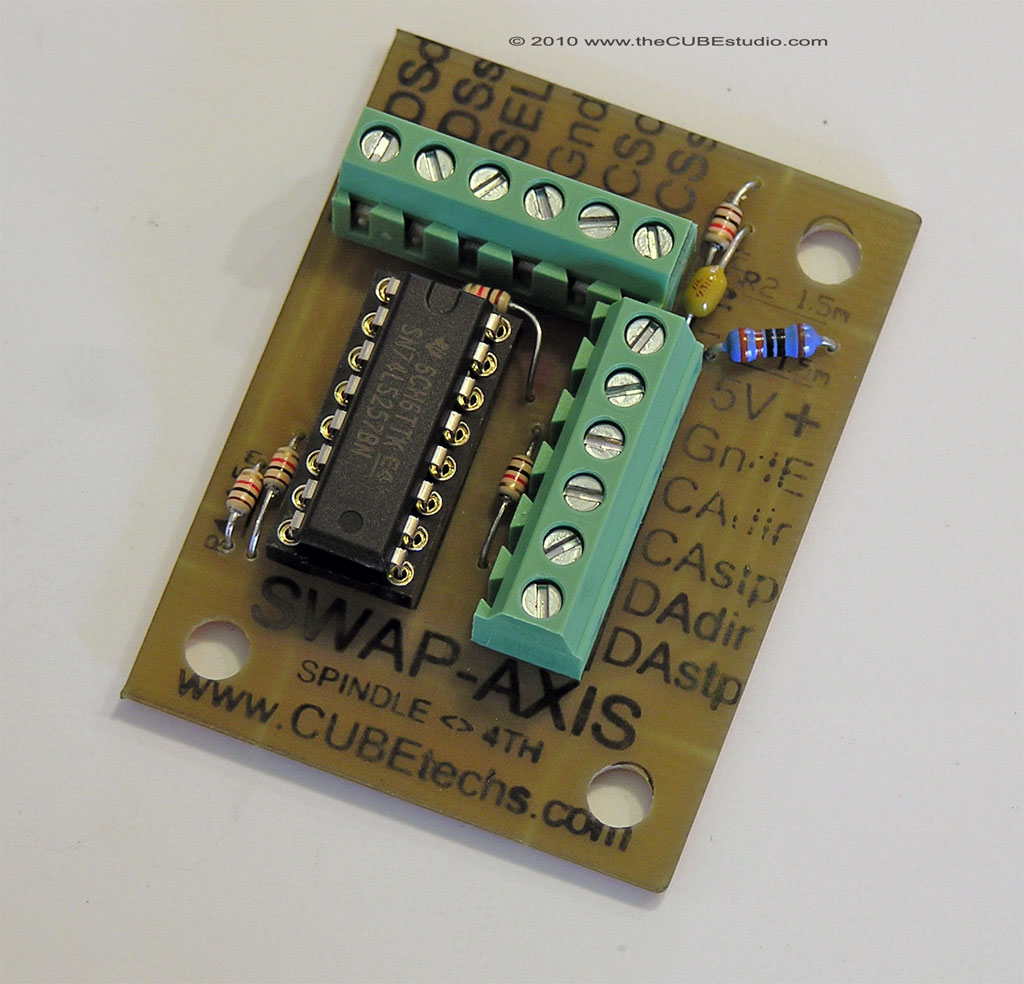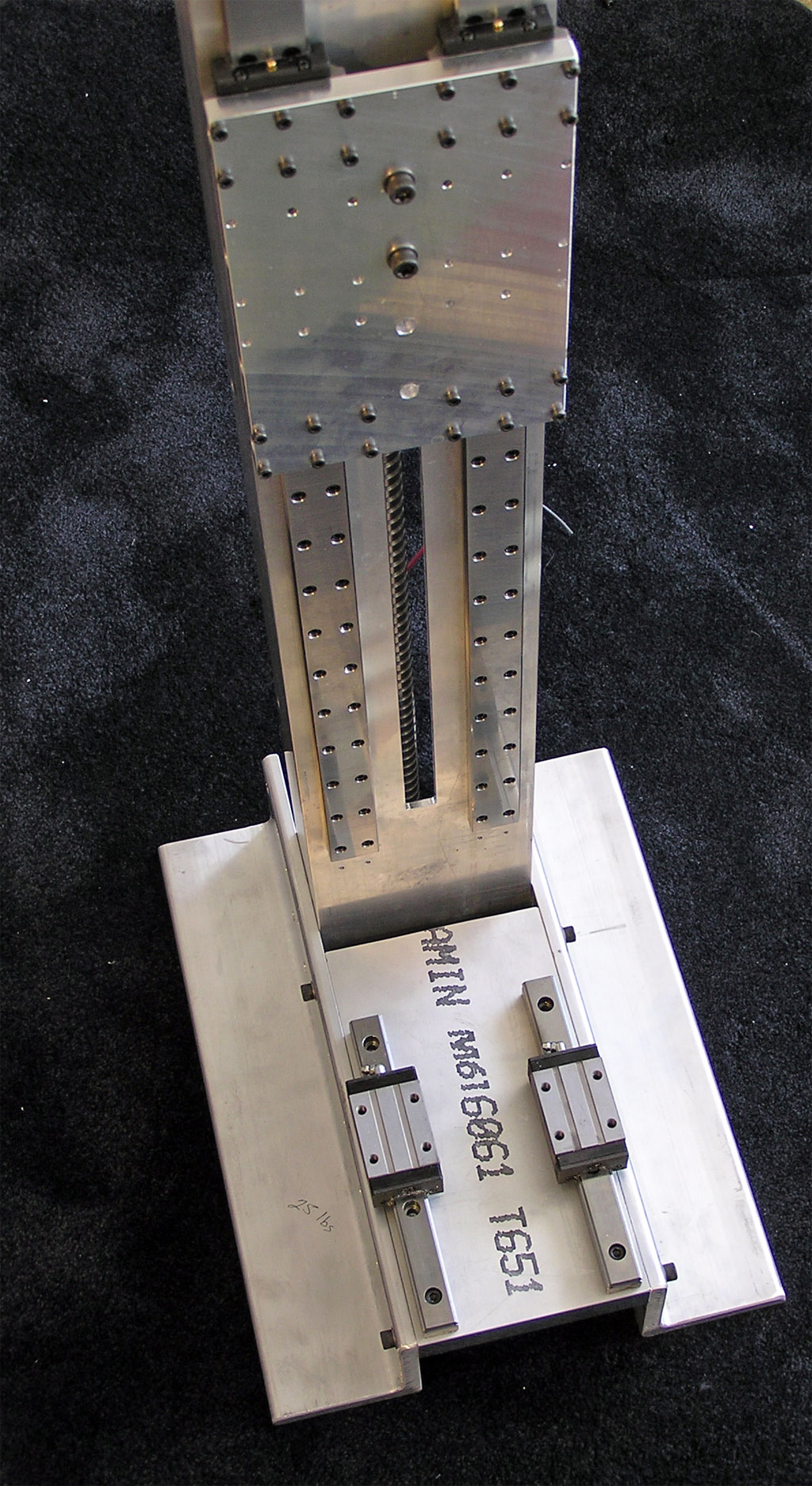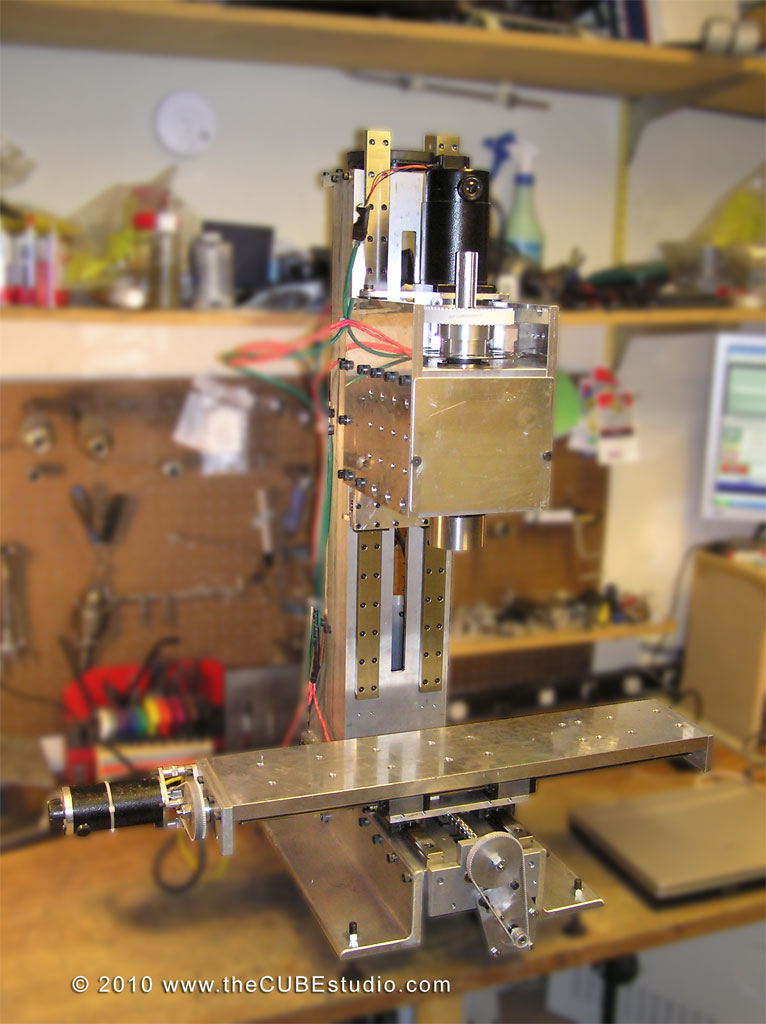781
General Mach Discussion / Re: Possible to re-label axes in Mach Mill?
« on: May 24, 2010, 12:49:22 PM »
As Jeff mentioned, Mach has a software 'swapaxis' function that accomplishes what you want to do. It must be called from a macro. I just posted an example macro again here (post #205). You can peek at the macros and see how the function is used:
http://www.machsupport.com/forum/index.php/topic,11422.205.html
Definately check out this little utility:
http://www.cncwrapper.com
From 2D Gcode to this for only $20: (rotary work starts 40 seconds into the video)
http://www.youtube.com/watch?v=sC2urdg_bqg
http://www.machsupport.com/forum/index.php/topic,11422.205.html
Definately check out this little utility:
http://www.cncwrapper.com
From 2D Gcode to this for only $20: (rotary work starts 40 seconds into the video)
http://www.youtube.com/watch?v=sC2urdg_bqg

 .
.



